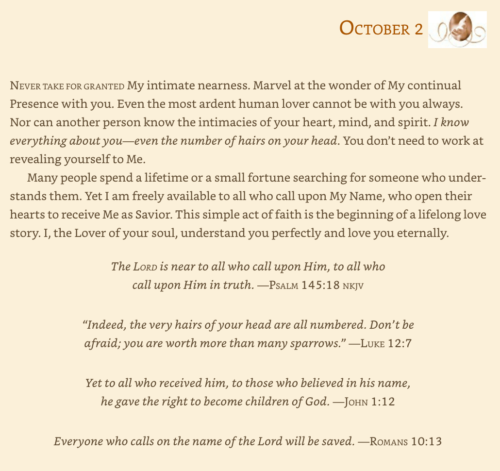A Wholemaking Saint
Today we commemorate the Transitus of St. Francis of Assisi (1182–1226), the date he passed from death into eternal life. Father Richard introduces us to the “wholemaking” life and death of Francis:
There are always new vocabularies, fresh symbols, new frames and styles, but Francis of Assisi must have known, at least intuitively, that there is only one enduring spiritual insight and everything else follows from it: The visible world is an active doorway to the invisible world, and the invisible world is much larger than the visible. I would call this mystical insight “the mystery of incarnation,” or the essential union of the material and the spiritual worlds, or simply “Christ.”
Our outer world and its inner significance must come together for there to be any wholeness—and holiness. The result is both deep joy and a resounding sense of coherent beauty. What was personified in the body of Jesus was a manifestation of this one universal truth: Matter is, and has always been, the hiding place for Spirit, forever offering itself to be discovered anew. Perhaps this is exactly what Jesus means when he says, “I am the gate” (John 10:7). Francis and his companion St. Clare carried this mystery to its full and lovely conclusions. Or, more rightly, they were fully carried by it. They somehow knew that the beyond was not really beyond, but in the depths of here.
Francis held many opposites together in himself, embodying what Richard calls a “unique wholeness”:
Francis had a unique wholeness. He was at once very traditional and entirely new in the ways of holiness, and he is still such a standing paradox. He stood barefoot on the earth and yet touched the heavens. He was grounded in the Church and yet instinctively moved toward the cosmos. He lived happily inside the visible and yet both suffered and rejoiced in what others thought was invisible. Again and again, he was totally at home in two worlds at the same time, and thus he made them into one world.
He, like all saints, delighted in both his Absolute Littleness and his Absolute Connection in the very same moment. Of course, they totally depend on one another. He and Clare died into the life that they loved instead of living in fear of any death that could end their life. They were both so very eager to love, and they somehow knew that dying to the old and unneeded was an essential part of living this love at any depth.
Francis and Clare show us how to die into our one and only life, the life that we must learn to love. It will show itself to be one continuous movement—first learning to love our life and then allowing ourself to fully die into it—and never to die away from it. Once death is joyfully incorporated into life, we are already in heaven, and there is no possibility or fear of hell. That is the Franciscan way.
